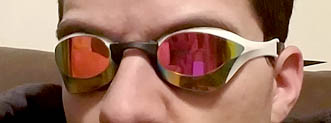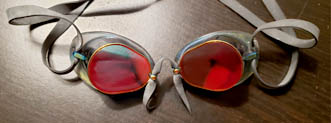SWIM


TRAINING
FAST TRACK TO GETTING FAST
SWIM START.
You’re about to become a really good swimmer. If you do anything, make sure you are always pushing yourself to be better and constantly learning. The actual training plan is in the workout section. Choose from beginner, intermediate or advanced workouts. Here we will talk about everything swimming. Let’s get right to it.
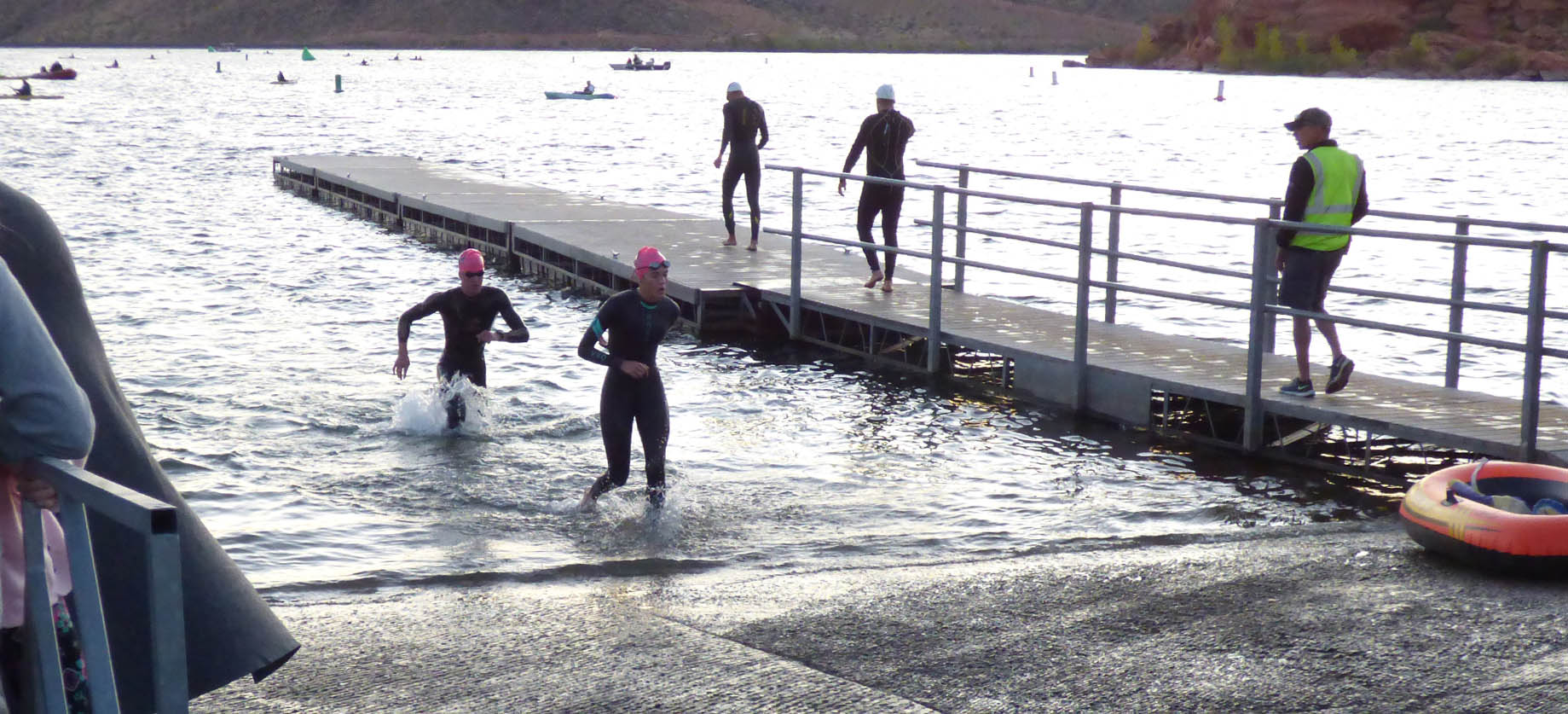
TECHNIQUE.
Swimming technique (hand position, arm position, head position, breathing, amount of strokes etc.) will make a massive difference if not the difference in speed and building a great swimming foundation. While we hone in on how to develop the perfect swim for you, keep coming back to this material for self improvement.
- Stroke: Keep your hands close to the water as to not waste energy. The most important part of the stroke in the part under the water (the part pushing you forward). Practice extending your arm all the way out in the water, pulling back tilting your arm down, keeping your fingers together while you pull back. You will notice your body will tilt from side to side slightly as you stroke. Use your legs to keep balance. The stronger your swim becomes the more you can focus on kicking to increase speed.
- Hands: Keep your fingers together during your underwater pull and slightly cupped.
- Breathing: Breathe right the same time your right arm is also coming out of the water. Take a big breathe. When you aren’t breathing for air, keep your head down and slight up so you can see a bit in front of you. Release the air just before you come up for air again. You can also breath out a little air if you want, but the longer you hold your breathe the more you will float and the easier it will be to swim. You can also breathe to the left if you want.
- Tip: If you need more air, feel free to definitely breathe every stroke. Keep in mind, if you keep turning your head to breathe every stroke, you will probably get dizzy and you may find yourself whipping your head around too much and you’ll likely get a nice wetsuit burn on your neck. You’ll probably get one anyway unless you use some lubricant on your neck.
- Tip: Learning to hold/control your breathing, you’ll float more resulting in saving a lot of energy.
GEAR.
Goggles: There are many choices of goggles. Reviews don’t really do justice either. You can’t really go wrong with a pair of Swedish style goggles that suction cup to your eye sockets. The image below are called socket rockets. They aren’t the best for diving and aren’t as comfortable as others, but they look awesome and are very effective. Try out a couple different pairs and see what your face likes. The last thing you want is to get in the race and your googles start leaking water or are fogging up!

- Anti-fog spray: Buy some of this. It will make your experience a lot better. The pool chlorine will eat your goggles and rubber over time.
- Swim cap: Get a swim cap and practice with it. You’ll have one in the race so make sure you practice with it.
Other nice gear but not necessary
- Goggles case: Don’t let your goggles get scratched
- Kick board: Practice your kick in the water. Kicking is challenging when you first start. You’ll learn that it makes a massive difference over time.
Wetsuit: There’s a lot of different wetsuits. Wear your trisuit or whatever you are wearing for the bike/run under your wetsuit. If you don’t, you’ll be stuck in the transition area wet and trying to put it on!
OPEN WATER/POOL.
This is where things start to get exciting. I recommend going for it and making your first race and honestly as many races as possibly open water. It’s way more fun and the better you get at swimming the more fun it will be. The biggest difference between open water and the pool is that you can’t see anything under the water in open water like you can in the pool. It’s dark, but that’s ok!
Open Water: Open water has rougher water. You may be kicked in the face accidentally by someone in front of you. Don’t over exert yourself at the start. The most important thing about open water swimming is that you need to know where you are going!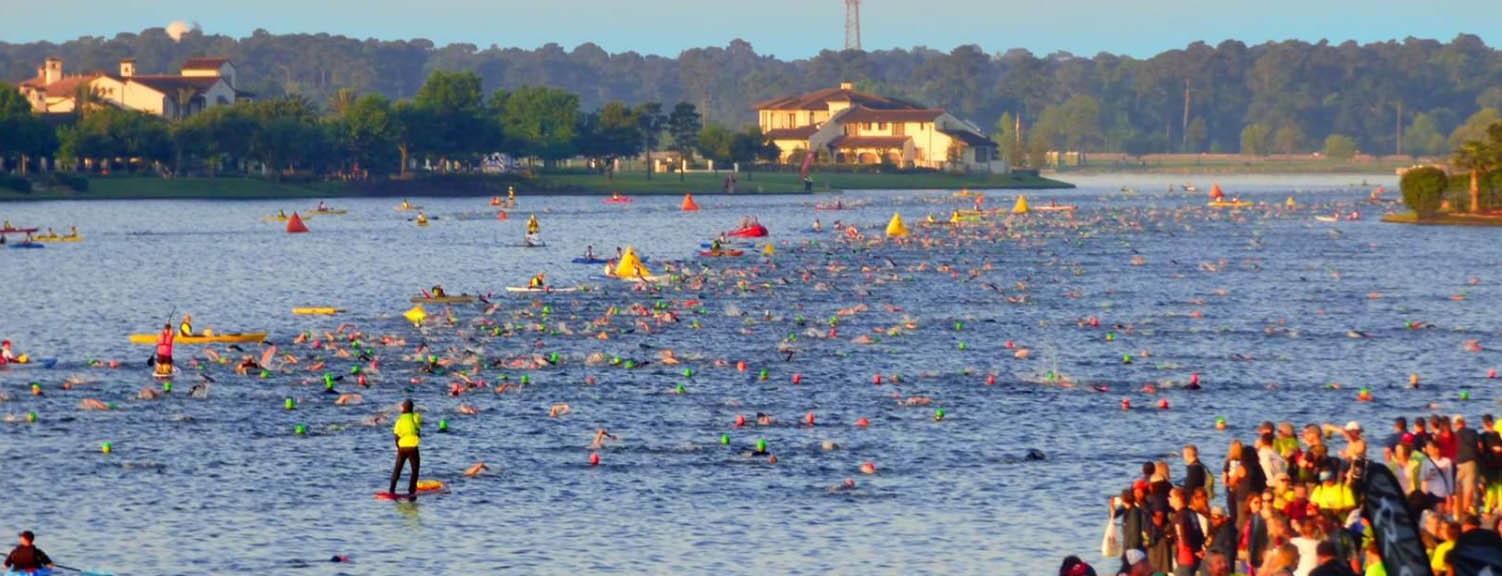
- Find a point: Before you get in the water, look to see where you are going and find a marker on the horizon you can still see once you jump in. Once you jump in the water it’s a lot harder to see where you are going, but that’s ok because you just found a point to swim towards (mountain, flag pole, building etc). There will be a race marker hopefully in the water anyway, but make it easier on yourself.
- Looking up: You’ll want to practice looking up while you stroke. This will take some serious practice and it’s definitely intermediate and advanced level swimming. As a beginner feel free to breast stroke once or twice to look ahead and make sure you’re not totally in some far off place (because it actually may happen).
- Go straight: Looking up will allow you to go as straight as possible. Every swimmer no matter who you are will need to make sure you are going straight. Otherwise, you may be zigzagging the entire way, wasting energy and time.
Pool: The pool is fantastic for training!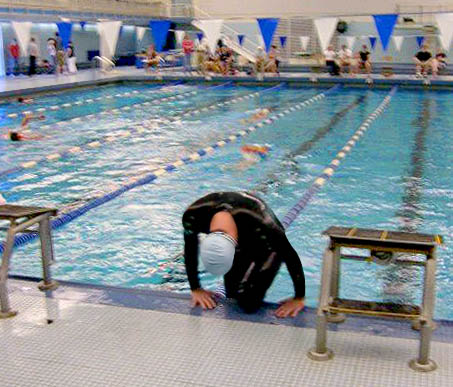
- Take a gym bag with a towel and leave it on the pool deck. Don’t pack any valuables!
- Lanes full: Don’t sit there if all the lanes are full. Ask someone if you can jump in their lane! Two people can share one lane! If there’s two people in every lane, just have the 3 or more of you swim in a circle. Pass each other if there is a slower swimmer. It’s fine!
Swim Attire: Girls, choose a well fitted swimsuit. There are some two piece suits that work well, but you’ll want to consider a one piece for the greatest overall performance and convenience. Guys, it honestly doesn’t matter if you wear board shorts or a speedo during practice.
NUTRITION.
When it comes to nutrition and swimming, it will be far more simple than biking or running. While in the water the reality of swimming and eating doesn’t really exist. While in the water your skin will absorb water and hydrate you. The main thing is that you eat enough food before and proper nutrition after your workouts. Overall, make some healthy choices when it comes to your fuel. Bread, milk, water, eggs, fruit, vegetables, nuts, fish etc. The reality is that your swim workouts won’t be long enough to really need to intake calories during. Focus on the exercise but don’t workout on an empty stomach.
Water: Be sure to drink water before and after. If you have cramped muscles or even if you don’t, water will help solve and prevent issues.
STRETCH.
You will of course be moving your arms the most during the swim so make sure you stretch out your arms. After a while, your hands and even feet can cramp up. If you don’t stretch/warm up and go out hard, then your muscles expand fast and get tight. Circulating blood flow by stretching and warming up will get your muscles ready for an intense workout. A decent rule of thumb is that the more serious you take your stretching, the more serious you take the workout.
Focus on these areas (but not limited to):
- Triceps
- Hands
- Forearms
- Core (sides and stomach)
Other important areas:
- Feet
- Legs

